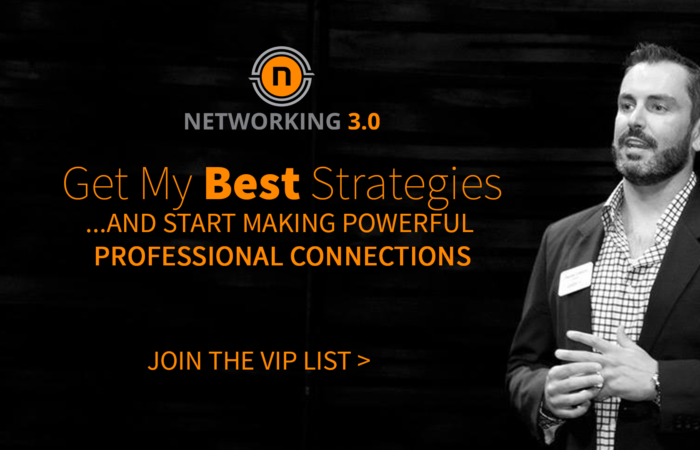How Many Clients Will You Lose This Year?
 How Many Clients Will You Lose This Year?
How Many Clients Will You Lose This Year?
Each year, author Rohit Bhargava shares his thoughts on the trends that will shape business and consumer behavior in the coming year. Non-Obvious 2017: How To Think Different, Curate Ideas and Predict The Future, is another excellent addition to his series of books as it includes many thought-provoking predictions.
The one that stood out for me in this installment is what Bhargava calls “Passive Loyalty.” I think understanding this concept will present you with two types of massive opportunities for your business.
Reviewing Your Client Base
A recent report for the automotive insurance industry from consulting firm McKinsey showed there was “a significant number of customers who are loyal in name only…they remain with their carrier more out of inertia than satisfaction.”
Another research study cited in Bhargava’s book on the nature of passive vs. active loyalty dubbed this phenomenon as a consumer’s “state of inertia.” It concluded that “a passively loyal consumer might buy the same brand for 5 or 6 time periods out of inertia (‘lock-in’), but after that, she is likely to include other brands in her consideration set.”
The first opportunity you have, which is the primary focus of his prediction, lies in turning passively loyal clients into actively loyal clients before they leave. The best place to start is by performing an audit of your current client base. How many of your clients are passively loyal, as opposed to “Raving Fans”? If you have a hard time making this distinction with certain clients, you should probably assume they are passive.
I agree with Bhargava in that “The business opportunity is to operationalize ways to transform these people…into being actively loyal instead.”
From Passive to Active Loyalty
Once you have identified your passively loyal clients, there are a number of things you can do to convert them. If you provide certain services that some of your clients are not taking advantage of, now would be a good time to remind them of all you offer. A good example of this is when your credit card company proactively contacts you with suggestions for ways you can use your points. If you aren’t using the points you accumulate, you’re not getting the full value of being their customer. Motivating you to use your points is one way of increasing the likelihood you won’t jump ship to a competitor.
I think the best thing you can do right now is to reach out to your clients via a quick call or email. There are questions you can ask to gauge how they feel about you. You can also pose questions that will allow you to provide them more value going forward.
One example Bhargava suggests is, “If we could keep your business for the next two years, what would we need to do?” You may also consider asking “The Ultimate Question” (as referred to in the next paragraph). This will help you get your Net Promoter Score for each client. These types of questions can help you get a feel for who is actually loyal and who may be taking their business elsewhere in the near future.
Regardless of your industry, you can be more valuable to your existing clients in a variety of ways that have nothing to do with your core offering. Being that we just started a new year, I like to ask my clients “The Ultimate Question.” This is where I call clients and ask them what their biggest area of focus is for 2017. I also ask what opportunities or challenges they are facing this year.
Their answers could lead to you being a resource for them by way of ideas and introductions. Of course, this leads to more active loyalty.
Our Huge Opportunity
While Bhargava focused primarily on identifying and converting our passively loyal clients, I am even more excited about the opportunity we have to get on the radar of our competitor’s passively loyal clients.
The majority of your ideal clients are likely passively loyal towards their current provider. The bad news is that most of them are comfortable (for now) and indifferent to making a change. The good news is they would be quick to make the switch once they see how much better it could be with you.
I think finding ways to effectively disrupt the indifference of these prospective clients is the key to unlocking massive growth for your business over the next few years. I am going to be sharing ideas and strategies around this idea over the next few weeks.
In the meantime, I’d love to know your thoughts. Are you able to identify who among your clients is passively vs. actively loyal? What are some of the things you do to increase retention and actively loyal clients?
Let me know in the comments below.


